Beauty Cabinet Cleanout - Which Ingredients Must Go?
It’s Time to Clean Up Your Beauty Routine this Fall
As the old saying goes, “You are what you eat.” And when it comes to skin care, the same logic applies. If you pay any attention to what goes into your body, you should also pay close attention to what’s going on your body.
As your body’s largest organ, the skin absorbs almost everything you apply to it. Thus, not only do the products you use affect the look and feel of your skin, but they also have the potential to enter your bloodstream.
And while you might assume that all the skin care and cosmetics products on store shelves are completely safe from toxic or possibly harmful ingredients, it’s a good idea to consider what the effects may be from a lifetime of daily use. This is why it’s important you educate yourself and advocate for your own health by understanding ingredients listings of the items you purchase.
Since most of us don’t have an advanced chemistry degree, we’re highlighting a few of the chemicals and ingredients we think are worth avoiding when buying skin care products. And, as the summer draws to a close, this is the perfect time to investigate the products you already have in your beauty cabinet and throw away the ones that contain potentially harmful ingredients. It’s like getting your fall skin wardrobe in check!

Ammonia Compounds
Let’s start with ammonia compounds
- (H3) Diethanolamine (DEA)
- Monoethanolamine (MEA)
- Triethanolamine (TEA)
DEA, MEA, and TEA are all ammonia compounds which are most commonly added to cosmetics as emulsifiers and foaming agents. You know your old-school foaming cleanser? The one you really love? It likely includes at least one of these ingredients.
Why should you avoid them? Ethanolamines have been linked to cancer, organ toxicity, reproductive issues, and skin irritation. Luckily, there are natural alternatives that will still get your skin feeling fresh and clean.
Formaldehyde
Not only is formaldehyde a known carcinogen, but it is also a skin and lung irritant, as well as an organ toxin and neurotoxin.
Check your labels for the following chemicals, which could generate formaldehyde:
DMDM hydantoin, Imidazolidinyl urea, Diazolidinyl urea, Quaternium-15, Bronopol (2-bromo-2-nitropropane-1,3-diol ), 5-Bromo-5-nitro-1,3-dioxane, and Hydroxymethylglycinate
Synthetic Urea
A man-made synthetic version of urea is used as both a preservative and a skin softener. The concern is that prolonged use can cause allergic reactions, reproductive problems, and skin and eye irritation. Synthetic versions of urea are also on the list of formaldehyde-releasing chemicals you may want to avoid.
GMOs
When you think of GMOs, the first thing that comes to mind is likely foods. Crops like corn and soy can be contaminated by GMOs, and since they’re sometimes used in skin care, keep an eye out them for in your personal care and aromatherapy products.
When you see an organic label that is a good indication that product is free from GMOs. However organic and GMO-free designations take a lot of time and cost that many smaller suppliers and brands can’t afford. This doesn’t mean the ingredients they are using are bad, they just may not have had the resources to go through the process of getting designated.
Look for other claims such as "wild crafted." These are good indications that the ingredients have been sourced from plants that have not been genetically modified or sprayed with harmful pesticides.
Remember, if you have any questions reach out to the brands. Most take great care in sourcing their ingredients and should be open to sharing their process with you.
Heavy Metals (Metalloestrogens)
Many metals that show up in cosmetics are suspected to disrupt hormones. Similar to parabens, they can accumulate in your body over time, but unlike parabens, heavy metals take much longer to flush out, resulting in extended exposure to toxins.
When the level of heavy metals within your body becomes too high, evidence suggests that this can lead to an increased risk of cancer, and could cause developmental and reproductive issues, allergic reactions, and more.
Methylisothiazolinone (MIT)
MIT is a potential neurotoxin that is, unfortunately, widely used in cosmetics. It may impair fetal development and can also cause allergic reactions.
Note: If a product makes a claim to be “paraben-free,” double-check to make sure it doesn’t include MIT.
Microguard
Comprised of glucolactone and sodium benzoate, Microguard is used as a preservative in many products. This ingredient is a safety concern because some regard the components in Microguard to be an organ system toxicant.
Petro Ingredients
We’re looking at you, mineral oil. All petrochemicals, such as petrolatum, mineral oil, and paraffin wax, are derived from petroleum, or crude oil.
Crude oil commonly contains impurities that have been linked to cancer, so it’s best to steer clear of anything petroleum-based.
Additionally, you will want to avoid petroleum-based moisturizers because these products will sit on top of the skin, cutting it off from receiving moisture. It often feels pretty emollient but the skin is not able to drink it in.
Instead of petrolatum, look for rich natural moisturizing agents such as shea butter and vegetal oils like safflower, avocado, grapeseed and jojoba.
Phthalates
Hard to pronounce, and even harder on the skin, phthalates frequently are used in skin care, makeup, hair products, and nail polish. Phthalates also can have negative effects on fertility and fetal development.
The European Union describes this ingredient as an “endocrine-disrupting compound of high concern,” so they effectively restrict its inclusion in cosmetics and personal care items.
Check your labels for the following ingredients to steer clear from phthalates: DBP (dibutyl phthalate), DINP (diisononyl phthalate), DEP (diethyl phthalate), DEHP (di-2-ethylhexyl phthalate), DMP (dimethyl phthalate), BBP (benzyl butyl phthalate), DNOP (di-n-octyl phthalate), and DIDP (diisodecyl phthalate).
Sodium Lauryl/Laureth Sulfate (SLS/SLES)
SLS and SLES are used to make personal care items like face wash, shampoo, and toothpaste have a foaming or sudsy consistency. Known as “penetration enhancers,” they can compromise the integrity of your skin, allowing other chemicals to sink into the skin with ease. They have also been shown to irritate the eyes and skin.
Contrary to popular thought, you don’t need a lot of lather and foam to cleanse the skin. More often than not, the result is actually stripping the skin of essential hydration. It may take a little getting used to the feel of SLS/SLES free cleansers but these days there are tons of satisfying natural formulas.
Synthetic Colorants
Due to their carcinogenic properties, artificial color ingredients are tested on animals instead of humans. Essentially petrochemicals, synthetic colorants can irritate your skin, trigger allergic reactions, and exacerbate acne.
Identifying synthetic colorants is typically pretty easy – anything that looks too bright and garish is typically made with some percentage of synthetic dye.
The exception to this can be products that are different shades of green, blue, yellow, or pink and peach, similar to the colors you see in nature. The skin of a purple onion, blue of a blueberry or the bright green of seaweed are just of the few examples.
Talc
While this ingredient has been used in personal care products for decades, talc can be contaminated with asbestos. Not only is asbestos a respiratory toxin, but it’s also considered a carcinogen.
Some alternatives for the traditional talc include arrowroot powder, oat flour, cornstarch or baking soda, though baking soda can cause skin irritation for some.
Triclosan
A heavy-duty preservative and antibacterial commonly used by hospitals, Triclosan can be found in hand soap, hand sanitizers, and toothpaste. Despite its prevalence, it comes with substantial health concerns, including allergic reaction, organ toxicity, bioaccumulation, eye and lung irritation, and possible contamination with chloroform and dioxins.
To protect against germs look for essential oils such as tea tree or citrus oils that are known as clean and purifying oils.

We know this list can seem overwhelming at first glance, and we wouldn’t necessarily recommend throwing away all of the offending products you already own. Not only is it expensive to purchase all new products at once, but it’s wasteful.
When you are ready to make the switch to safer, all-natural products, begin the transition by purchasing products with natural alternatives as you run out of the old stuff. This makes the costs of the switch much more manageable, and it gives you more time to research the items you already own.
You may not notice a difference overnight, but with time and consistency, you can expect to see and feel the difference that natural personal care products can make. You skin and your overall health will thank you!
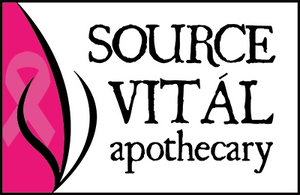
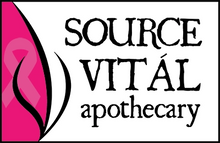
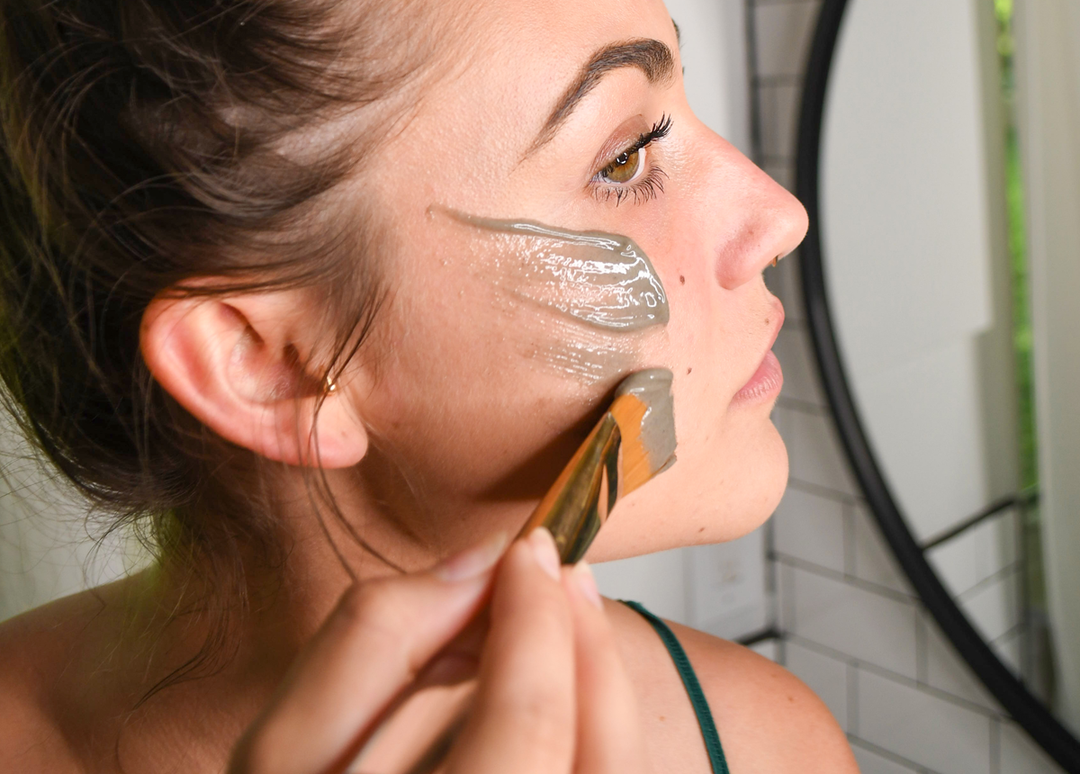

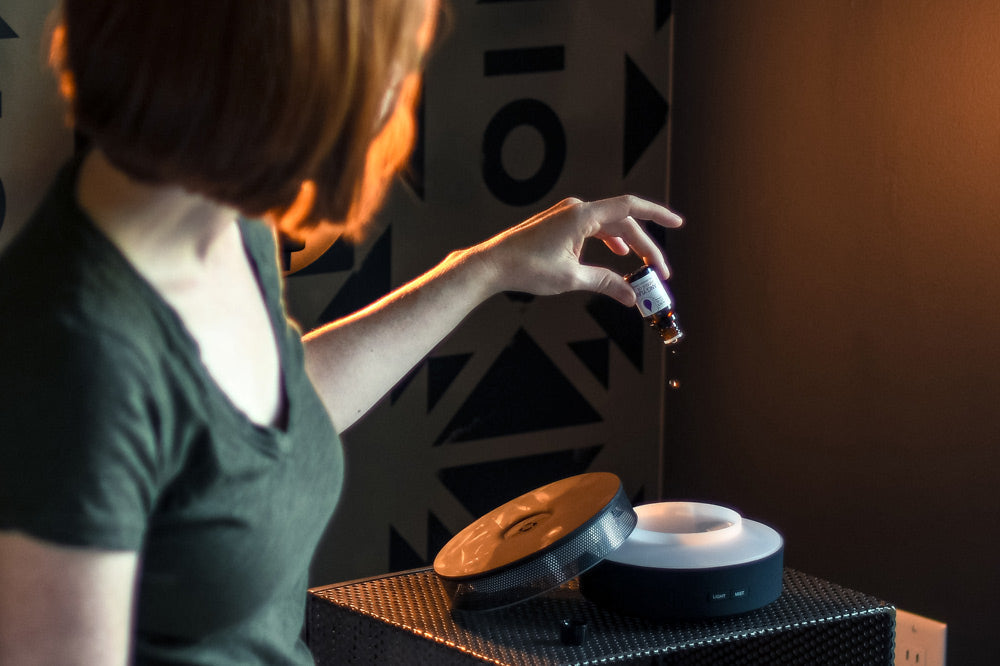
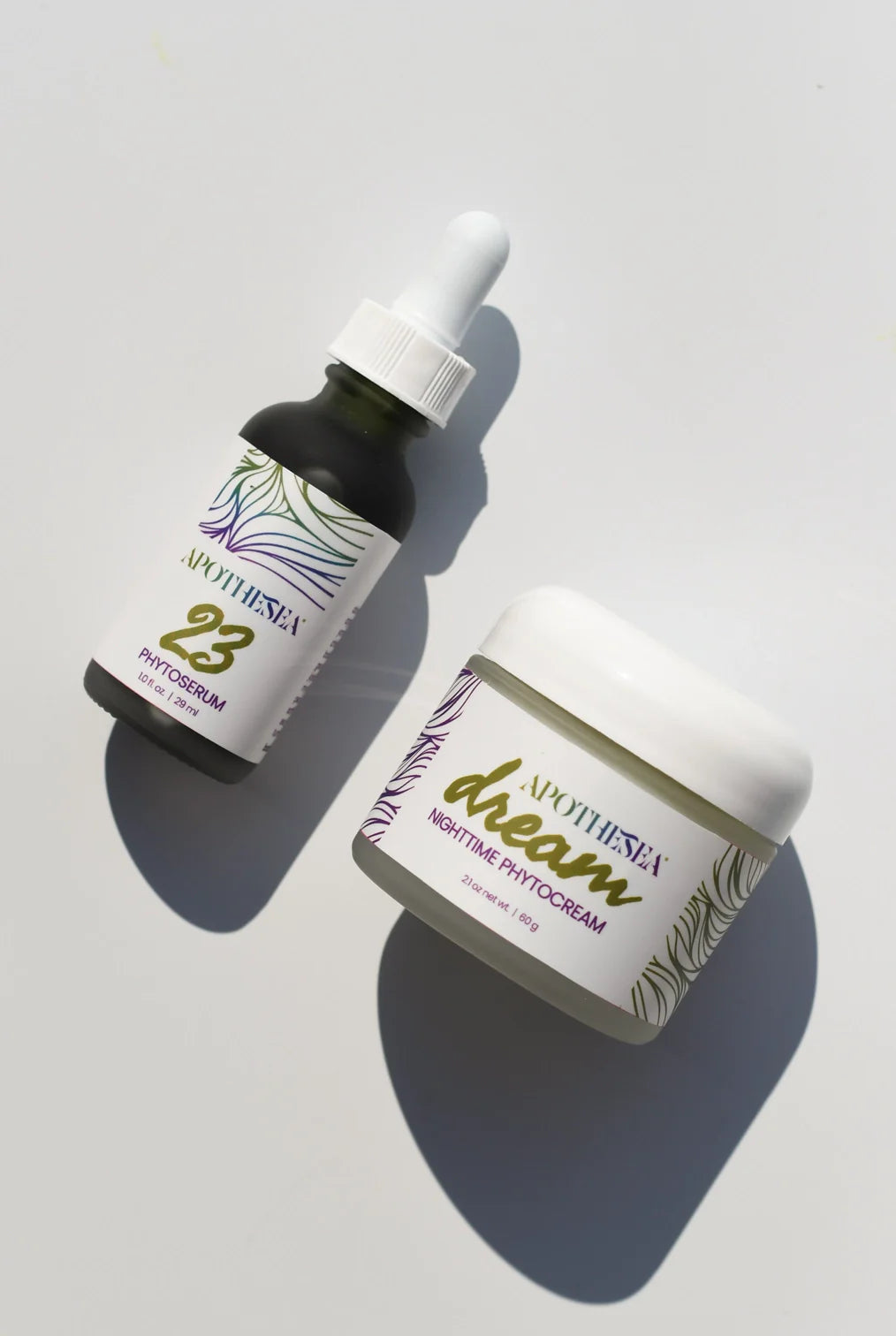
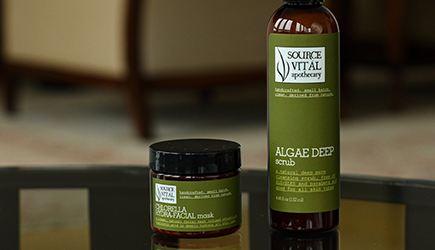

Leave a comment